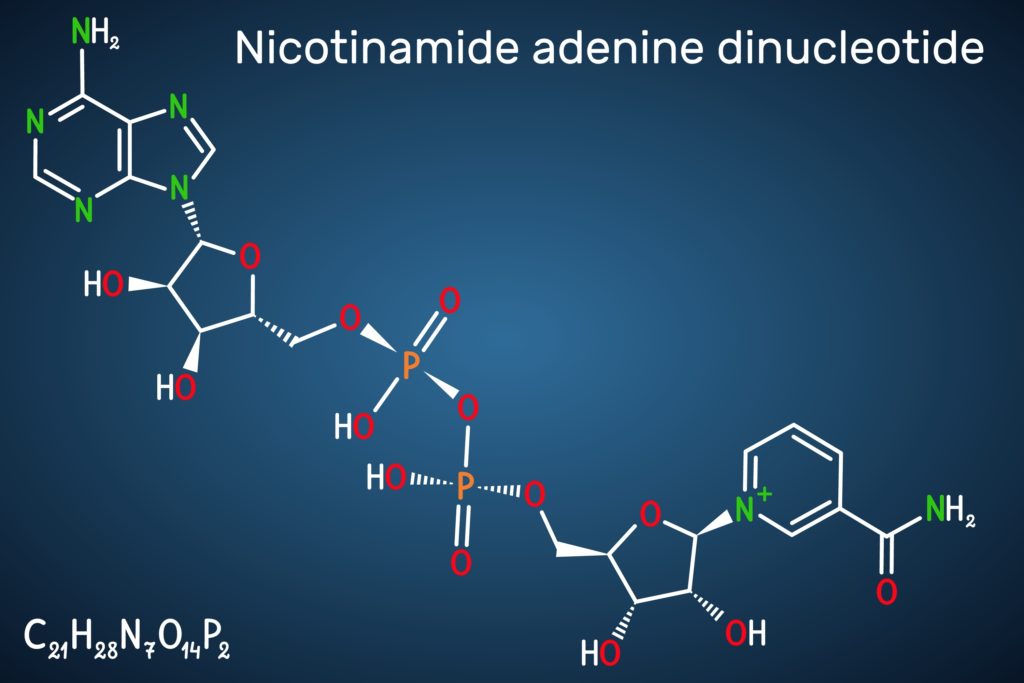Seragon Launches Its Most Advanced Longevity Nutraceutical RESTORIN
Seragon Biosciences has officially released its long-awaited anti-aging nutraceutical RESTORIN, previously code-named SRN-901N, with technologies directly licensed from Harvard, Mayo and Scripps.
Highlights:
- RESTORIN is the first and only nutraceutical with patented NAD+ and senolytic technologies from both Harvard and Mayo.
- RESTORIN contains a repertoire of proprietary molecules to target the cellular mechanisms underlying aging processes.
RESTORIN has been called “the most advanced longevity nutraceutical to date,” in part because it is the first and only such product combining original first-party technologies directly licensed from Harvard University, Mayo Clinic and Scripps Research – the leading players in aging research.
In a recent press release, Seregon Biosciences announced the release of RESTORIN, which contains proprietary forms of the most well-studied anti-aging interventions, including NAD+ precursors and senolytic agents.
The Emergence of Cellular Anti-Aging Molecules
With contributions from prominent researcher’s like Harvard’s Dr. David Sinclair, aging science has reached new heights. The last few decades have brought an explosion of scientific evidence that makes our previous understanding of aging almost unrecognizable. Now it would seem that we can delay or even reverse aging with the right interventions.
NAD+
As aging science has evolved, research has honed in on NAD+, originally characterized as a mediator of cellular energy generation. Now, it is understood that NAD+ declines with age and is associated with aging-driven diseases like cardiovascular disease, cancer, and neurodegenerative disease. Moreover, replenishing NAD+ has been shown to counter these age-related diseases in many animal studies.
While NAD+ can be taken intravenously, oral NAD+ supplements have poor bioavailability. For this reason, NAD+ precursors have become the popular choice for daily use. They can be utilized to boost NAD+ and restore its age-related decline.
“In the field of aging, a critical issue to resolve is how to deliver NAD+ precursors in a way that best boosts cellular NAD+ to achieve healthier aging,” said David Brown, Ph.D., a senior scientist at Seragon who helped develop RESTORIN. “We believe that RESTORIN has achieved best-in-class performance in this regard, which is truly a breakthrough.”

Senolytics
New evidence also points to senescent cells as a key factor to the aging process. Normal cells become senescent cells in response to stressors such as DNA damage. Senescent cells accumulate with age and contribute to chronic low-grade inflammation, a key underlier of aging. Now, more and more research has shown that senolytics, which selectivity eliminate senescent cells, counter many age-related diseases in animal studies.
Sirtuins
A major step forward in the field aging science has been the discovery that caloric restriction increases the lifespan of mice. Since then, scientists have found that enzymes called sirtuins, important for cell survival processes like DNA repair and mitochondrial health, contribute largely to this prolonging of lifespan. RESTORIN also incorporates a proprietary SSA complex specifically aimed in this direction.
The Synergistic Effects of Anti-Aging Interventions
While the science of aging has progressed greatly in recent years, our understanding of the complex nature of aging is still being elucidated. Aging appears to be caused by overlapping processes that interact in ways that we don’t completely understand. Therefore, it seems necessary to combine multiple anti-aging interventions to achieve optimal outcomes. For example, combination anti-aging therapies have been shown to have synergistic effects. This means that some anti-aging molecules can compliment others and even provide synergistic effects.
“There are many studies that point to these molecules having a positive impact on aging and aging-related health conditions, but, so far, no one has been able to combine them at an optimal ratio to achieve a synergistic effect,” said Dr. David Brown. “We’ve been able to develop advanced forms of these molecules and a series of complex combinations to combat aging, using the best science we have. This is truly a game-changer.”

